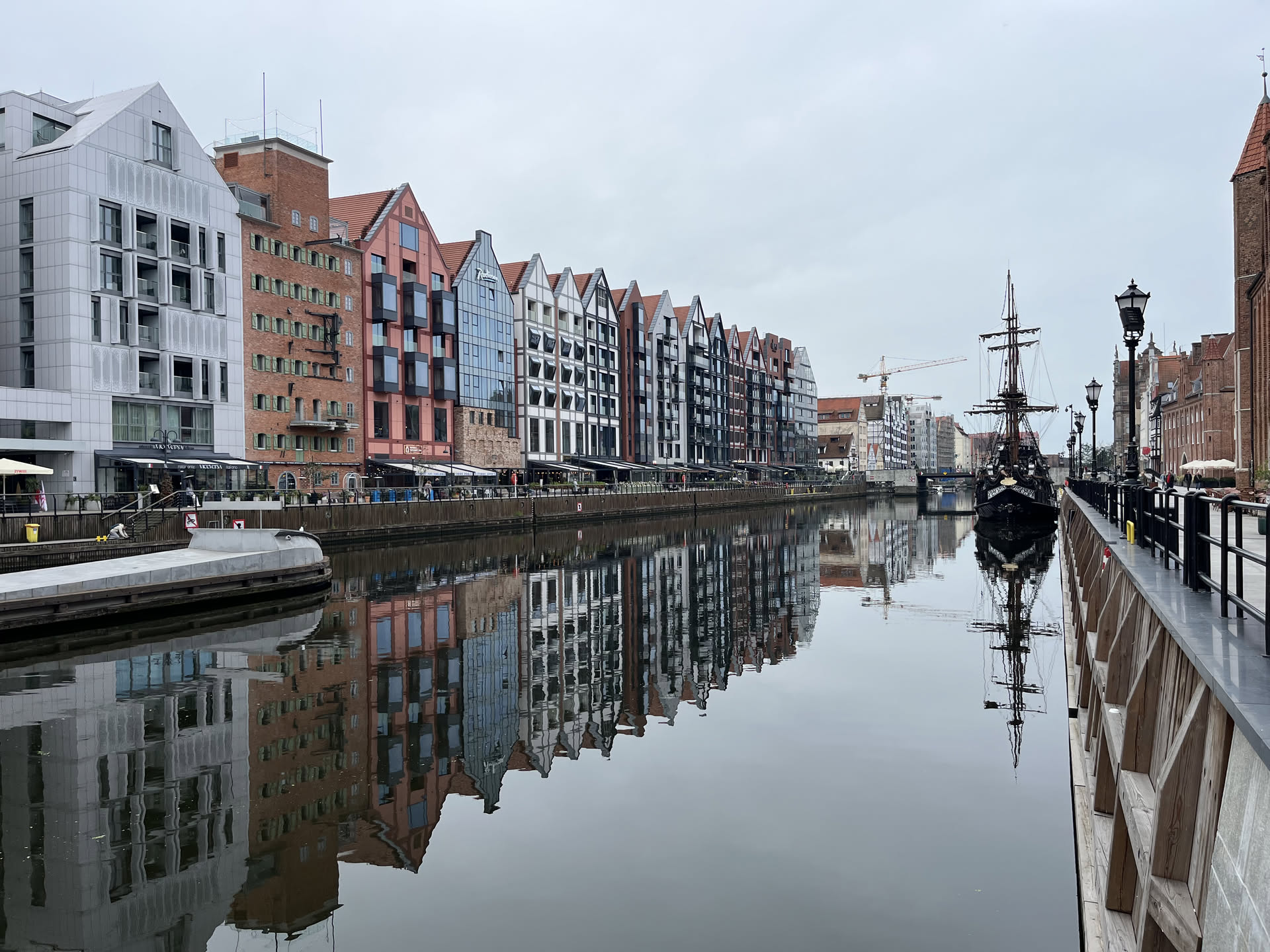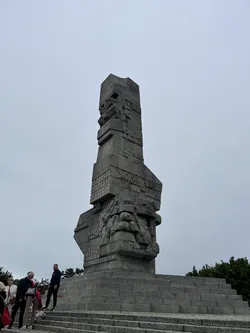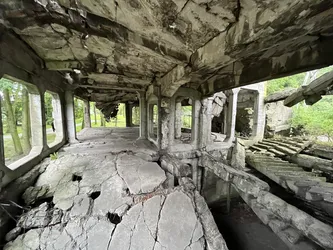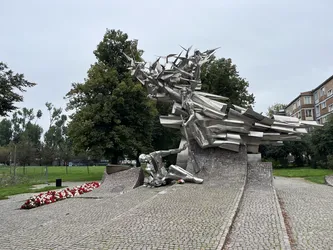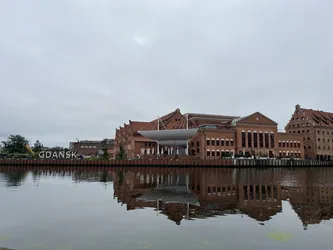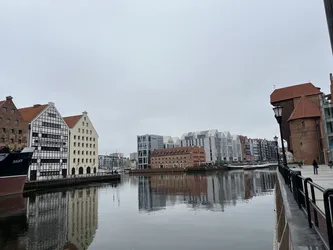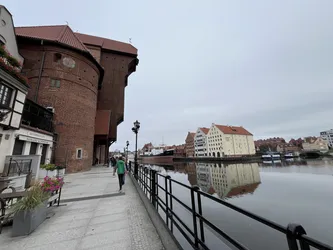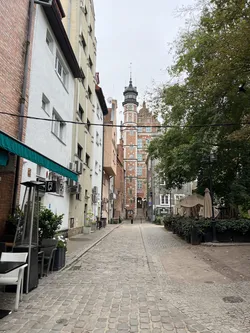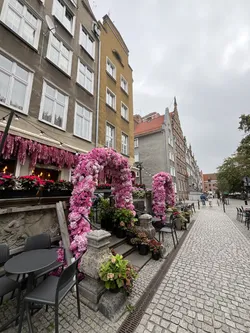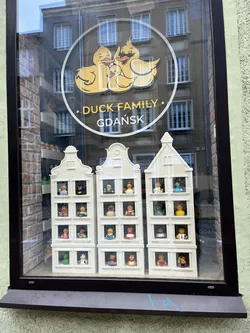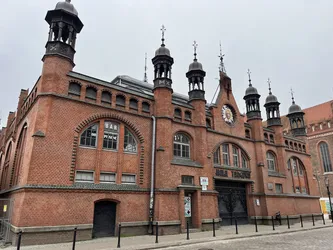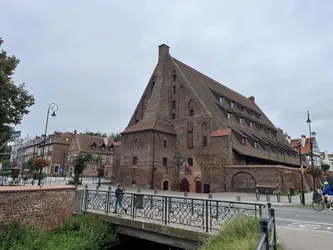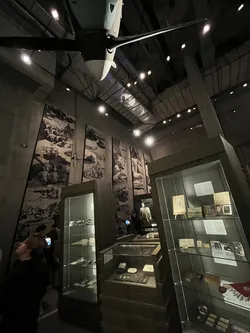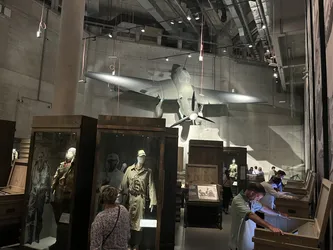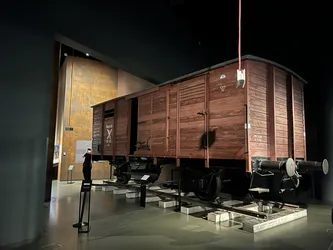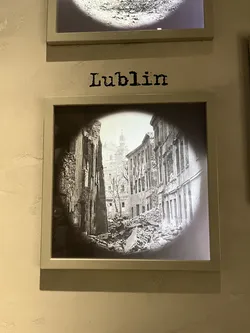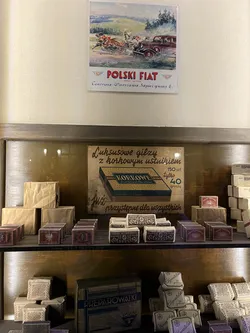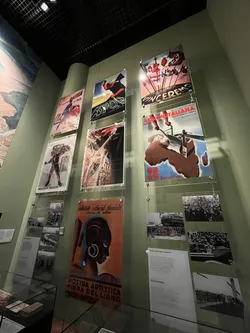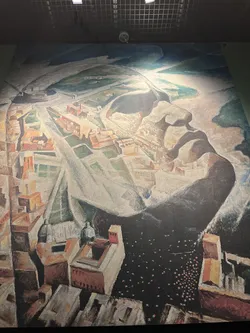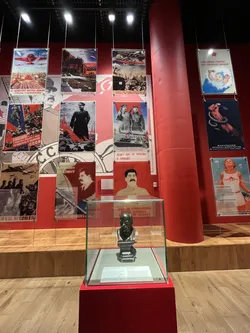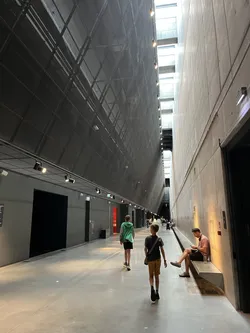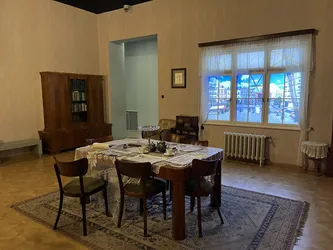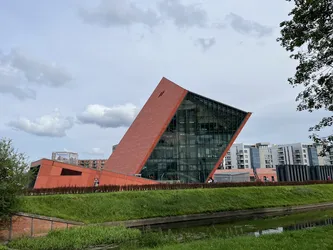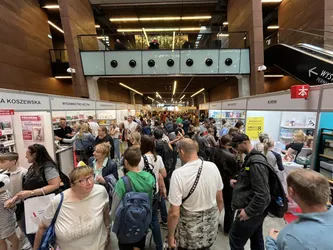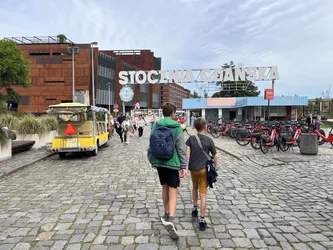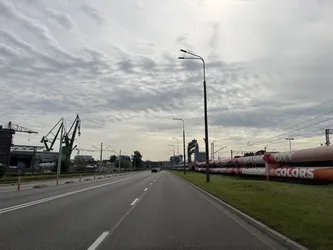Gdańsk
This journey took us to the northern edge of Poland, where history breathes through shipyards and cobblestone streets. We began with a visit to the European Solidarity Centre, located on the grounds of the legendary Gdańsk Shipyard. The occasion was the Book Fair, but the setting itself—where the Solidarity movement was born—added weight to every page we browsed. The building’s architecture, with its rust-colored steel walls, evokes the hulls of ships and the resilience of workers who helped reshape Europe’s political landscape.
From there, we stepped into one of the most powerful museums we’ve ever experienced: the Museum of the Second World War. Its thematic halls guided us through the war’s many dimensions—military, civilian, ideological—revealing stories we hadn’t known and perspectives that deeply moved us. The exhibits didn’t just inform; they transformed. We left feeling changed, carrying the weight of memory and the responsibility to remember.
To decompress, we wandered through Gdańsk’s Old Town, tracing the Motława River past iconic landmarks like the medieval Żuraw Crane. The city’s blend of Gothic, Renaissance, and Hanseatic architecture felt like walking through a living canvas. Each facade told a story, each alley invited reflection.
We ended our trip at Westerplatte, the symbolic site where World War II began on September 1, 1939. The ruins of the barracks and the monument to the Defenders of the Coast offered a solemn counterpoint to the museum’s narrative—a place where history was not just displayed, but lived. It felt like the final chapter of our journey, a quiet moment to honor those who stood against overwhelming odds.
Mid-September proved to be the perfect time for this trip. The crisp air, golden light, and sparse crowds allowed us to absorb each moment fully. It was a journey of remembrance, reflection, and quiet awe.
Map of this trip:
